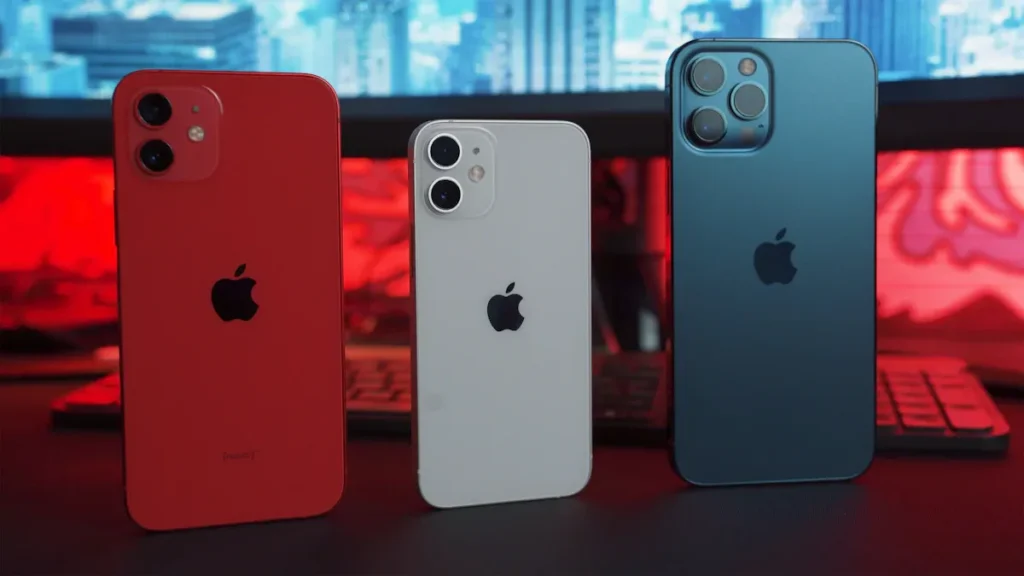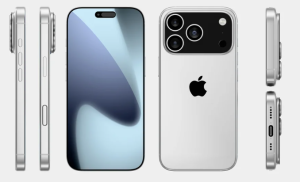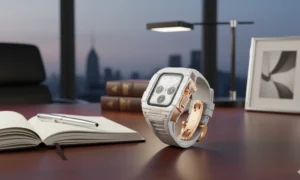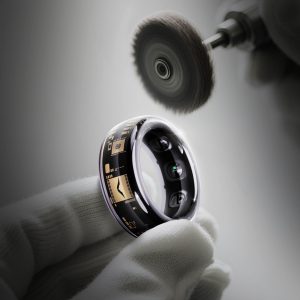Key Takeaways
- إن iPhone 17’s design represents a strategic step forward, prioritizing user-centric functionality like improved thermal management and a lighter form factor over the perceived premium feel of titanium.
- The switch from titanium to a specialized aluminum alloy directly addresses the iPhone's overheating issues from the previous generation, making it a more reliable device for demanding tasks.
- While the aesthetic shift may not appeal to everyone, the new design is objectively better for daily use, offering enhanced durability against smudges and a more comfortable feel in the hand.
Selection Criteria: Evaluating the New Design
To determine if the iPhone 17 design is an improvement, we must evaluate it based on three critical criteria that go beyond mere looks:
- Functional Performance: Does the new design improve the phone's day-to-day operation? This includes factors like heat dissipation, grip, and overall feel. A design can look good but fail in real-world use.
- Durability and Longevity: Is the new material more or less durable than its predecessor? We need to consider not just drop resistance, but also resistance to scratches, scuffs, and fingerprints.
- User-Centric Innovation: Does the design solve a real-world problem for the user? The best designs are those that are not only beautiful but also solve a functional issue that users have experienced.
In-Depth Analysis of the Design Changes
1. From Thermal Trap to Heat Sink: A Functional Leap Forward
The most significant change in the iPhone 17 design is the shift from titanium to a new, specialized aerospace-grade aluminum alloy. While titanium is known for its strength, it is a poor thermal conductor, leading to some previous-generation iPhones feeling uncomfortably warm during prolonged use. The iPhone 17's new aluminum frame acts as a highly efficient heat sink, pulling heat away from the A18 Pro chip and dissipating it. This direct functional improvement is a clear step forward.
- Use Case: A business professional giving a long video presentation or a mobile gamer playing a high-performance game will notice a significant difference. The iPhone 17 remains cool to the touch, preventing performance throttling and ensuring a stable, smooth experience throughout.
2. Lighter and More Comfortable: A Design for the Hand
One of the less-publicized but equally important aspects of the new iPhone 17 design is the weight reduction. The new aluminum alloy, combined with other internal optimizations, makes the phone noticeably lighter. This change might seem minor on paper, but it makes a huge difference in the ergonomics of the phone, especially for the larger models. Holding the phone for long periods for reading, calls, or video streaming is now a more comfortable experience.
- Recommended for: Digital nomads and content creators who are constantly holding their phones. A lighter device reduces hand fatigue, making it a better tool for a full day of work.
3. Aesthetics and Durability: A Shift in Premium Feel
While some purists might view the move from titanium as a downgrade in “premium” materials, the new aluminum design offers a different kind of sophistication. The polished, anodized finish is more resistant to fingerprints and minor scuffs than the matte titanium of the past. The vibrant new colors, made possible by the aluminum's finish, offer a fresh aesthetic that sets the iPhone 17 apart from the more subdued tones of its predecessor.
- Recommended for: Fashion-forward individuals and social media influencers who want a phone that is not only functional but also a style statement. The new design is sleek, modern, and visually appealing.
Comparison Table: Old vs. New Design
| Feature | iPhone 17 Design (Aluminum) | Previous Generation Pro (Titanium) |
| Thermal Performance | Excellent (Dissipates heat efficiently) | Fair (Can run warm under load) |
| Weight | Lighter and more comfortable | Heavier, more dense feel |
| Durability | Good (More resistant to fingerprints/scuffs) | Excellent (Stronger, but shows marks) |
| Aesthetics | Polished, vibrant, and clean | Brushed, industrial, and understated |
| Ergonomics | Improved for extended use | Heavier, can cause fatigue |
FAQ: Your Top Questions Answered
- Q: Why would Apple switch from titanium, a more expensive material?
- A: The decision was a strategic trade-off. While titanium is expensive and strong, its poor thermal conductivity was a functional bottleneck. The move to a specialized aluminum was about prioritizing user experience and performance over a material's price tag.
- Q: Will the new aluminum be as strong as titanium?
- A: The aerospace-grade aluminum alloy is extremely durable and strong enough to withstand typical drops and daily wear. While titanium has a higher tensile strength, the new design is optimized to be more robust against the kinds of impacts and blemishes users are most likely to encounter.
- Q: Is the iPhone 17's design revolutionary or iterative?
- A: The design change is an iterative but significant step forward. It isn't a radical aesthetic overhaul, but it represents a deep, user-centric improvement in functionality that directly addresses previous pain points. It's a testament to a philosophy of refining and perfecting the user experience.








